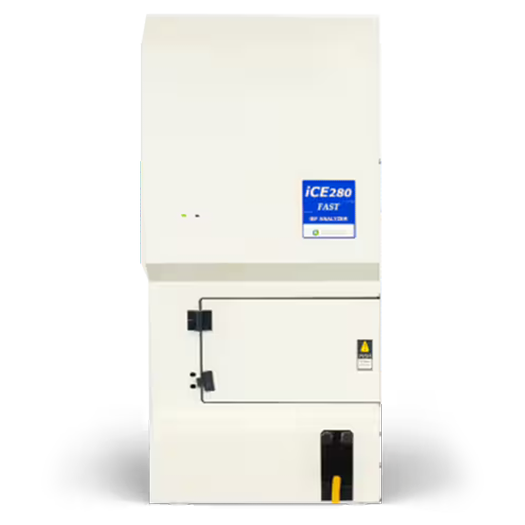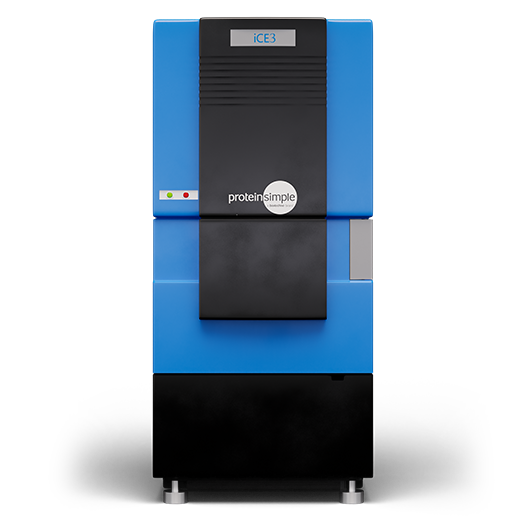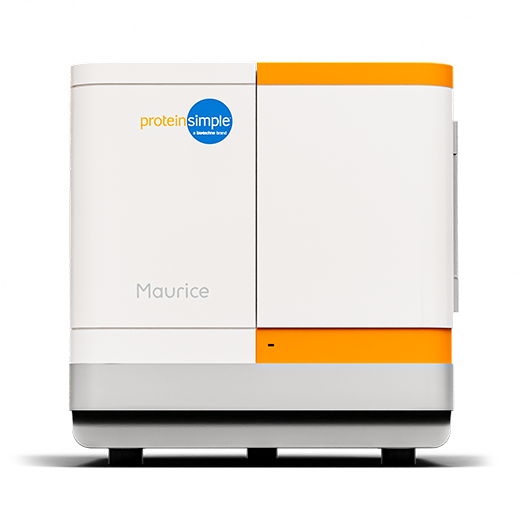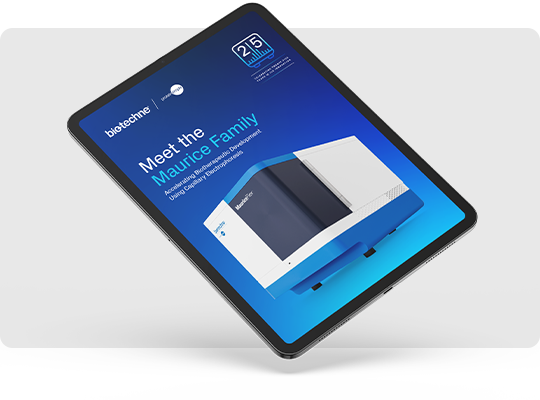While working as a post-doctoral fellow at the University of Waterloo in the 90’s in the lab of CE pioneer Dr. Janus Pawliszyn, little did Dr. Jiaqi Wu know that the subject of his research would end up shaping the landscape of protein charge heterogeneity analysis in the next century. This lab's pioneering work was like other disruptive technologies that began by offering 1-2 key benefits but later developed into powerhouses that fundamentally changed how we operate in our daily lives (the smartphone, for instance). This led to the development of the imaged capillary electrophoresis (iCE) platforms that changed the way protein charge heterogeneity is analyzed in protein chemistry labs, especially biopharmaceutical industry labs. To honor 25 years of iCE this year, this article presents a brief history of the evolution of the iCE technology.
Dr. Wu joined Convergent Bioscience in 1996, where he continued working on imaged capillary isoelectric focusing (icIEF), which led to the commercialization of the iCE280 in 1999. The next decade saw an exponential increase in the adoption of iCE280 systems throughout the world, from start-ups to established biopharmaceutical companies. In 2010, Convergent Bioscience was acquired by ProteinSimple. Following the acquisition, a global study encompassing 12 labs from 11 distinct pharmaceutical companies evaluated the suitability of the iCE280 system in biopharmaceutical process development and quality control. The findings were published in the Journal of Separation Science in 2012, with the conclusion that icIEF indeed was a robust technology that delivered consistent results across multiple labs. Through those years, Dr. Wu engaged with scientists via site visits, conferences, technical seminars, and sometimes fun events like horse-drawn carriage rides collecting tremendously helpful feedback on the iCE280, which helped to continue the innovation with the iCE technology.


The iCE3 was introduced by ProteinSimple in 2012 and included multiple enhancements that improved ease of use and reproducibility. A 4-port valve was added to eliminate the possibility of electro-osmotic flow when using the Prince autosampler. As such, users would now be able to generate identical results with the same sample with both the Alcott and Prince autosamplers. The switch valve was removed from the Alcott autosampler to simplify operation and the Prince autosampler was redesigned to incorporate a 96 well plate and improved cooling to improve reproducibility.
ProteinSimple, which was acquired by Bio-Techne in 2014, introduced the Maurice™ system in 2016 as a revolutionary new member of the iCE family. The iCE technology had been the gold standard for charge heterogeneity for 10 years and it was further enhanced in the Maurice platform with the addition of native florescence detection that provides 4x sensitivity compared to absorbance detection, to successfully analyze low abundance proteins. In addition, the Maurice instrument provided protein size and purity analysis with capillary electrophoresis-sodium dodecyl sulfate (CE-SDS). Finally, the Maurice system was designed as a platform instrument to which additional applications could be added in the future.
With such significant advances, it was hardly surprising that the Maurice system was readily embraced by early adopters, while others took longer to conduct extensive evaluations of the new applications, as is common with new technology used for biopharmaceutical analysis. The launch of the Maurice system opened a wider channel of communication with our customers, who spent time testing new features and continuously provided critical feedback, making the Maurice platform what it is today. Another global inter-company study, to confirm the comparability between the Maurice and the legacy iCE3 system, was conducted in 19 sites in 18 companies in the US, Europe and China. In this study, each lab analyzed the NISTmAb and a fusion protein on both the iCE3 and Maurice systems. It was no small undertaking, but the overwhelmingly reproducible results between the two systems across multiple sites validated the like-to-like comparability of the iCE3 and Maurice systems, enabling a seamless transition of legacy assays from the iCE3 to Maurice. The results of this study were published in Electrophoresis in 2022. ProteinSimple is using this publication as a guiding document to support customers in their transition from the iCE3 to the Maurice system. The iCE3 system was formally discontinued in 2021, but customers will continue to receive full service support through June 30, 2029. In addition, ProteinSimple is sharing information on various types of bridging studies, along with their results, that other customers have done. Finally, customers have presented this information in Technical Seminars that ProteinSimple has sponsored at CE Pharm starting in 2023.


The evolution of iCE platforms didn’t stop with the Maurice system. Several customers had expressed their need for icIEF peak fractionation - the collection of individual charge variant fractions for analysis by mass spectrometric methods. ProteinSimple responded in 2023 with the introduction of the MauriceFlex™ system that included charge and size analysis functionality, in addition to icIEF fractionation to isolate individual charge variants. The launch of the MauriceFlex system followed extensive customer collaborations across a number of major biopharmaceutical companies.
The MauriceFlex system offers tremendous flexibility designed so that the fractions collected require minimal sample preparation before characterization, thus offering significant time savings. In addition, the charge isoform fractions can be analyzed for their ligand binding potencies to correlate the charge structure to the function of the heterogeneity via surface plasmon resonance (SPR) method. This enables users to gain more information about the charge heterogeneity of their biotherapeutics.
The journey of iCE platforms so far has been an exciting one and it wouldn’t have been possible without the invaluable input from customers. Looking toward the future, Bio-Techne remains committed to listening to customer’s needs, driving innovation to simplify workflows, and pushing the boundaries of what’s possible with protein charge heterogeneity, size, purity and characterization challenges. Here’s to the next 25 years of iCE!
Additional Resources
Hear from Dr. Jiqi Wu. co-inventor of the first iCE platfrom, on the origin and evolution of this innovative technology. His pioneering work led to the development of the imaged capillary electrophoresis (iCE) platforms that changed the way protein charge heterogeneity is analyzed in protein chemistry labs, especially biopharmaceutical industry labs. Learn how iCE technology can revolutionize your biotherapeutic charge variant analysis below.
Brochure: Meet the Maurice family of instruments
